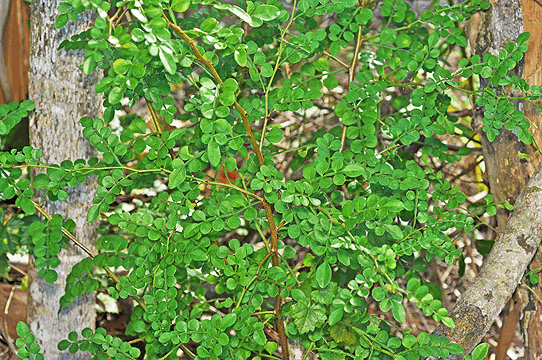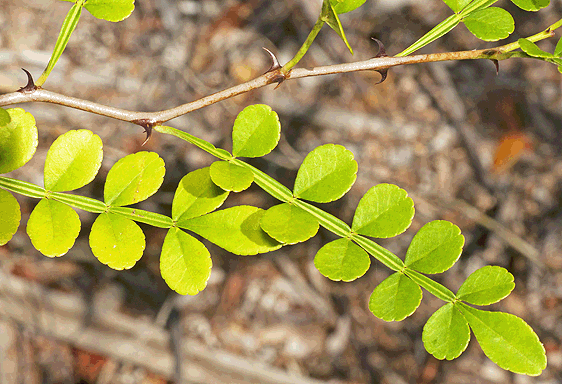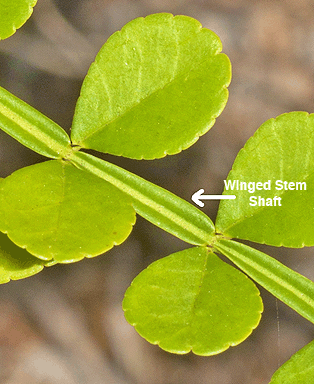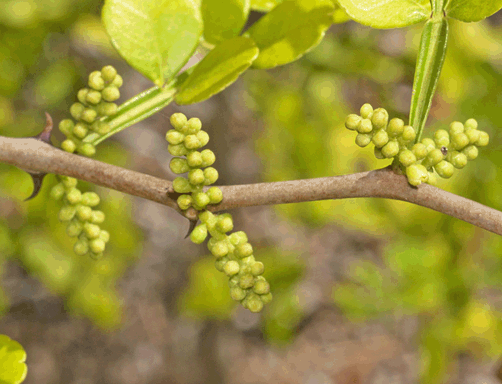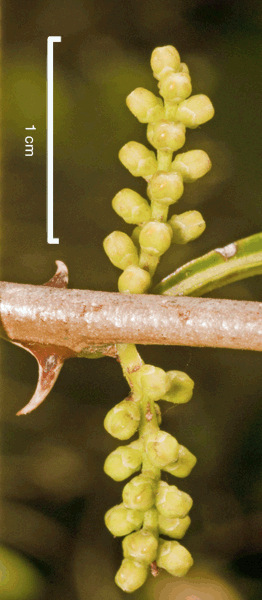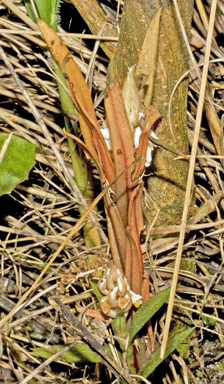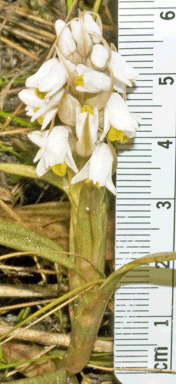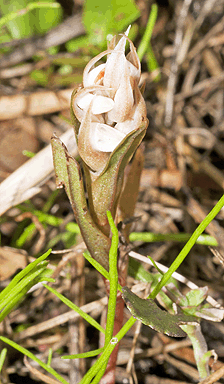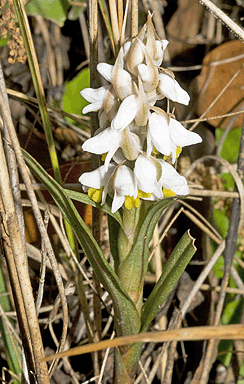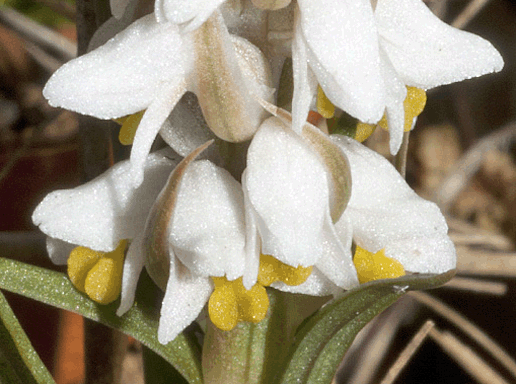Waltheria indica thru Zeuxine strateumatical
Species Name |
Common Name |
Waltheria indica |
|
Ximenia americana |
|
Xyris sp. |
Yellow-Eyed Grass |
Youngia japonica |
|
Yucca aloifolia |
|
Zanthoxylum fagara |
|
Zeuxine strateumatica |
Waltheria indica Sleepy Morning
|
Ximenia americana Tough Bumelia / Hog Plum / Tallowwood
|
Xyris sp. Yellow-Eyed Grass
|
Youngia japonica Oriental False Hawksbeard
|
Yucca aloifolia Spanish Bayonet
Its leaves are tough, overlapping, dark green, long and lance-shaped, sharp-tipped, and .6 m in length. Its common name "Spanish Bayonet" originated from its very sharp leaf.
|
Zanthoxylum fagara Wild Lime
|
Zeuxine strateumatica Soldier Orchid
|
© Photographs and text by Susan Leach Snyder (Conservancy of Southwest Florida Volunteer), unless otherwise credited above.

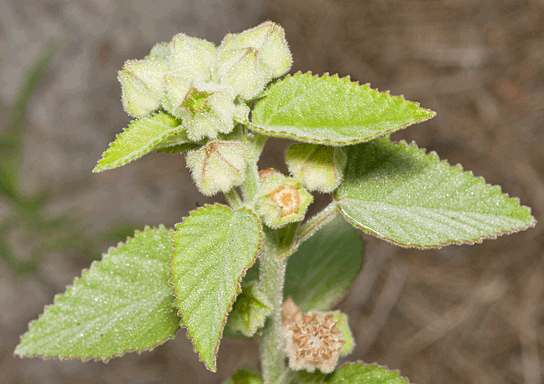
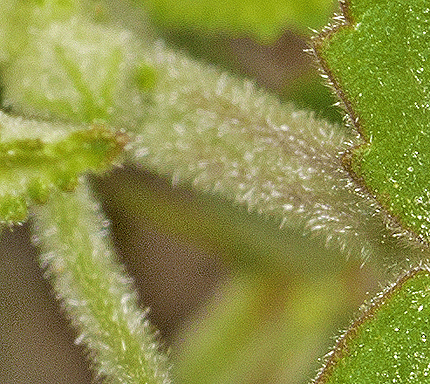
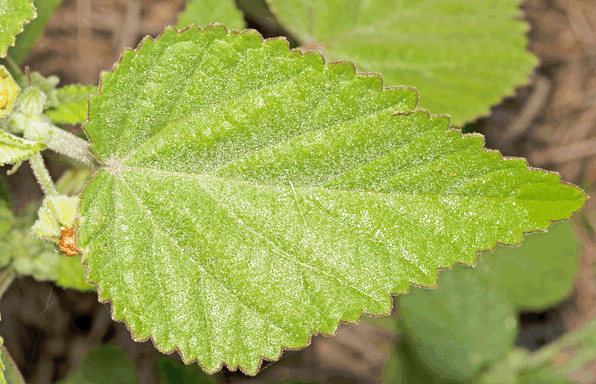
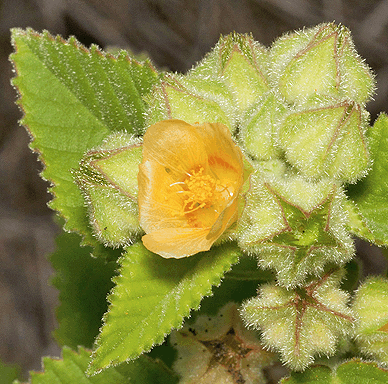
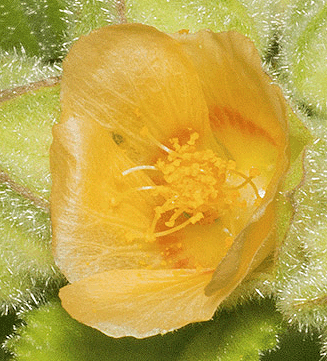 As shown in the photographs at left, the flowers are yellow to orange with five petals. Flowers are fragrant, 6 mm wide, and crowded together in axillary clusters. Flowers open late in the morning, giving Waltheria indica its common name "Sleepy Morning".
As shown in the photographs at left, the flowers are yellow to orange with five petals. Flowers are fragrant, 6 mm wide, and crowded together in axillary clusters. Flowers open late in the morning, giving Waltheria indica its common name "Sleepy Morning".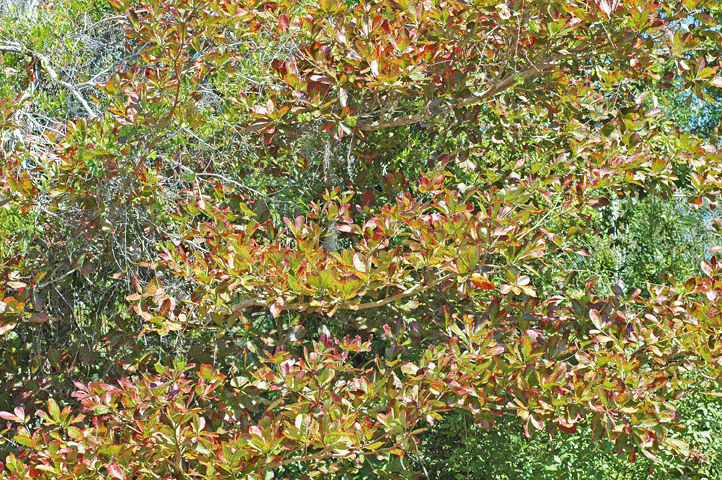
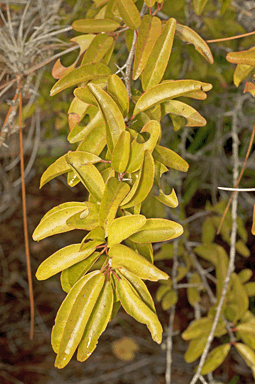
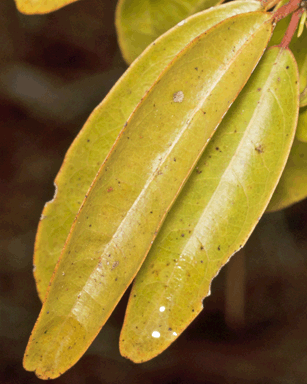
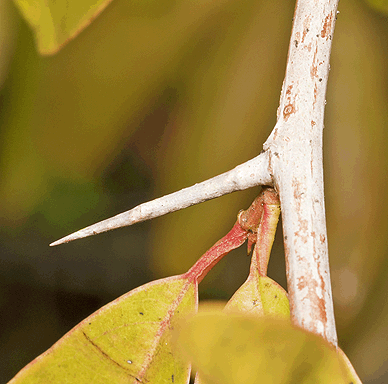 As shown in these photographs, leaves are oval shaped, alternate, and yellowish-green in color. They have a leathery texture and an entire margin. Leaves smell like almonds and are 3.2 to 6.4 cm long and 1.6 to 2.5 cm wide.
As shown in these photographs, leaves are oval shaped, alternate, and yellowish-green in color. They have a leathery texture and an entire margin. Leaves smell like almonds and are 3.2 to 6.4 cm long and 1.6 to 2.5 cm wide.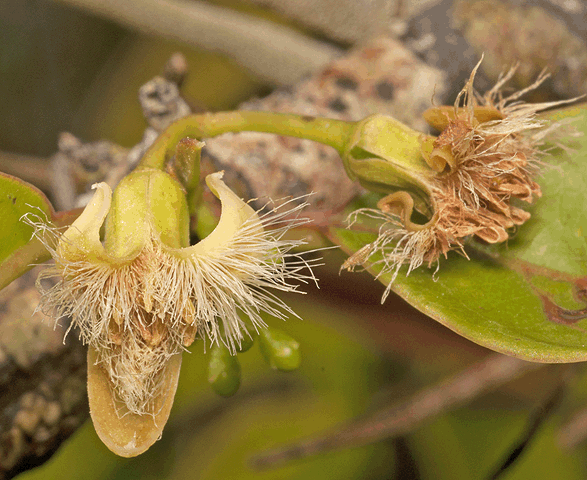
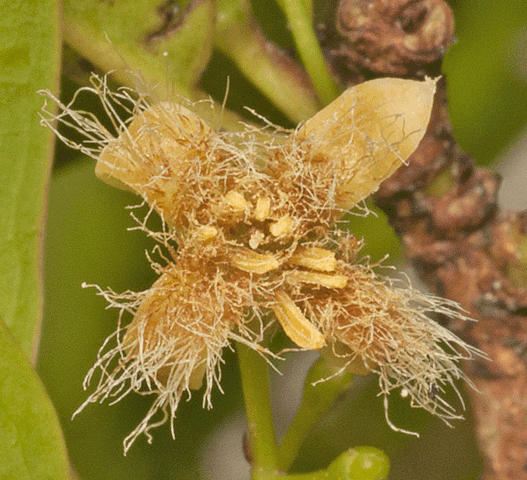
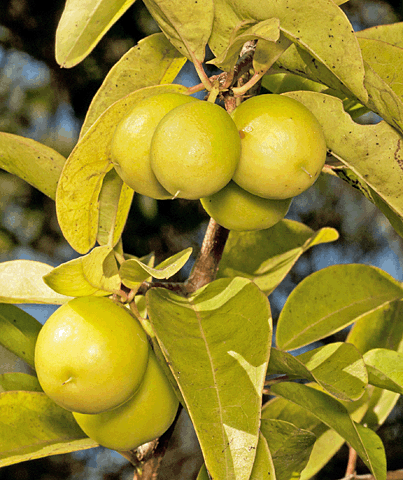
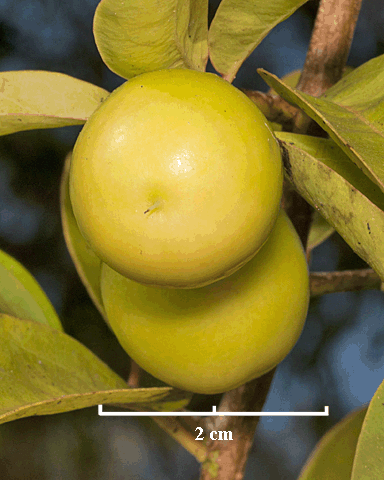
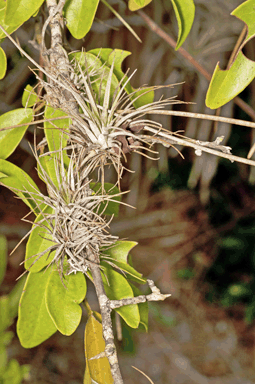
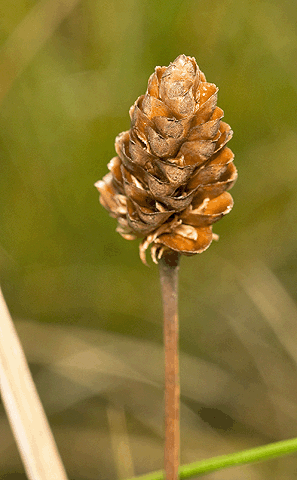
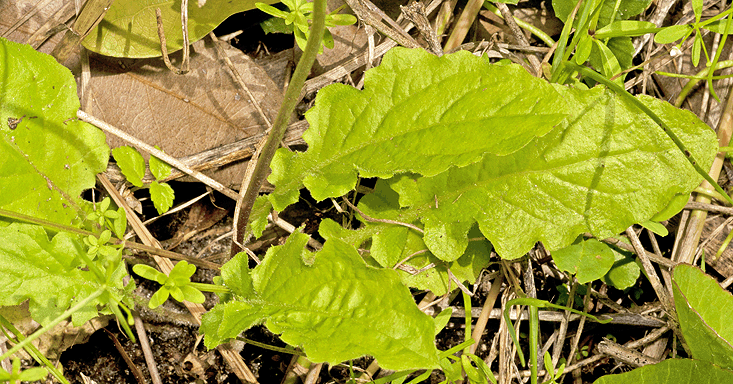
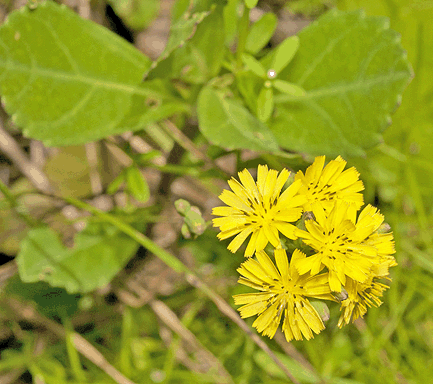
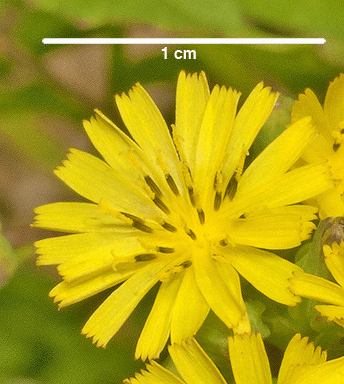 Youngia japonica
Youngia japonica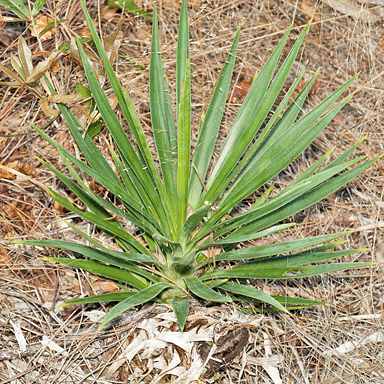
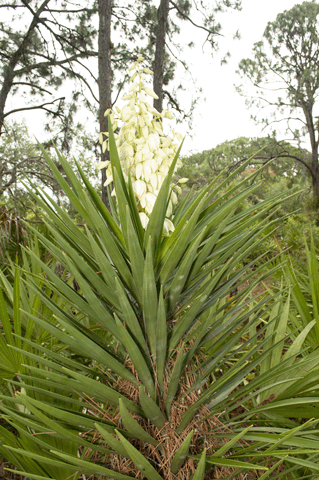 Yucca aloifolia
Yucca aloifolia 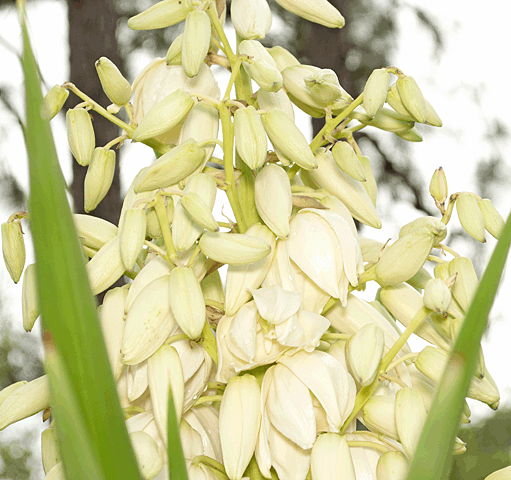
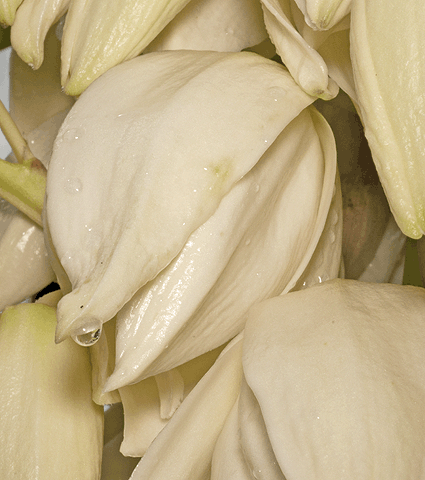 The flower stems are leafless and have terminal clustered flowers. Flowers are large (12.7 cm across), white, bell-shaped, and nodding. Each flower has three petals and three sepals. The fruits (berries) are red with black seeds. After flowering, the trunk stops growing and one or more lateral buds form. The uppermost bud becomes a new terminal shoot. Other buds become branches.
The flower stems are leafless and have terminal clustered flowers. Flowers are large (12.7 cm across), white, bell-shaped, and nodding. Each flower has three petals and three sepals. The fruits (berries) are red with black seeds. After flowering, the trunk stops growing and one or more lateral buds form. The uppermost bud becomes a new terminal shoot. Other buds become branches.